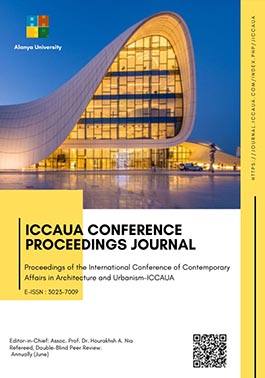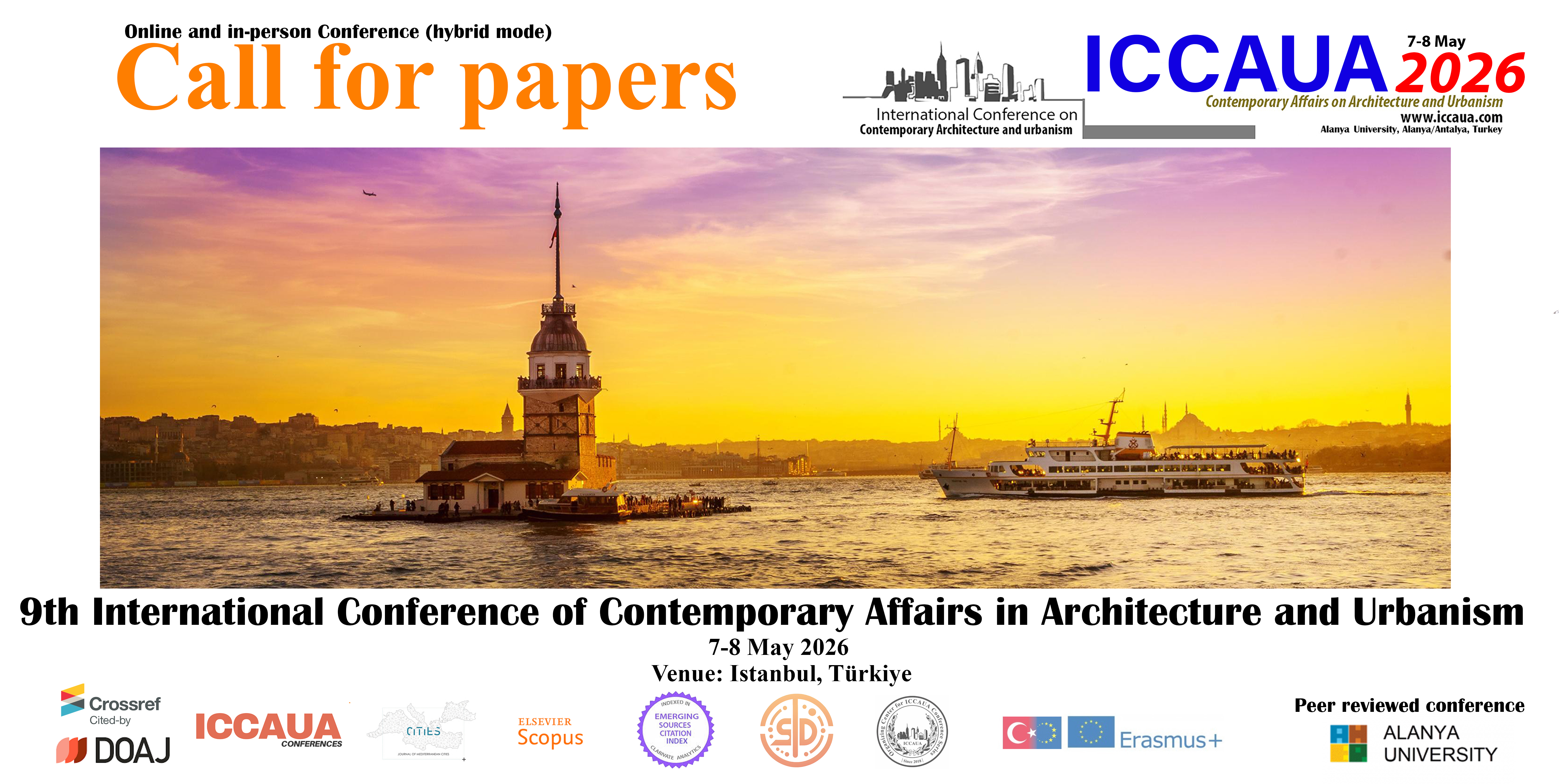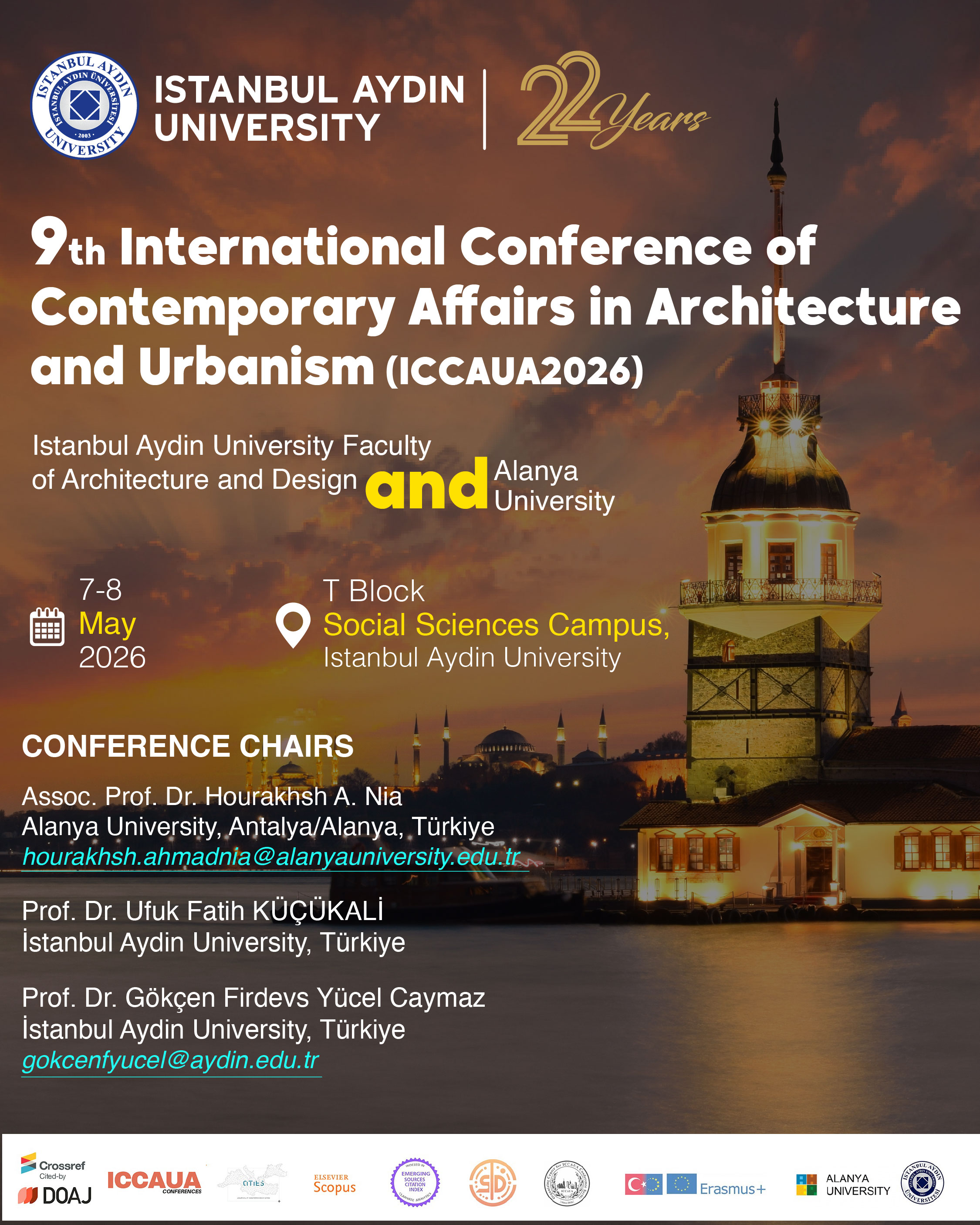Museum’s Open Space
DOI:
https://doi.org/10.38027/N382020ICCAUA3163635Keywords:
Museum, Museum’s open space, Public Spaces, City, IdentityAbstract
Museums are institutions that carry on the cultural and artistic treasures of societies to future generations. Economic social, cultural and philosophical thoughts in the world have changed the understanding of museology. At the beginning of the 20th century, modern architects brought new expansions to classical museum typology. In the 1970s, museums began to draw attention as the city's landmark and meeting points. Along with the museums, courtyards, squares and gardens, which are open spaces of museums, have also changed. By joining the city life, they became new social attraction centers. Museums and museum open space from Turkey and the world in the study areas, classified under the headings of traditional and contemporary, will be analyzed under the headings of form, style, material, elements of boundry, planting design, activities area, urban furniture, and function. In order to demonstrate the changing today’s museum’s open space; an analysis will be made using spatial experiences, observations, syntactic analysis technique. Study’s contribution to the literature will be determined by the design approaches of contemporary and traditional museum open spaces. As part of the museum identity and character, the open spaces of the museum are as important as the design of the museum buildings.
Downloads
Downloads
Published
How to Cite
Issue
Section
License
Copyright (c) 2024 Nihan Canbakal Ataoğlu, Habibe Acar, Aysel Yavuz

This work is licensed under a Creative Commons Attribution 4.0 International License.




















